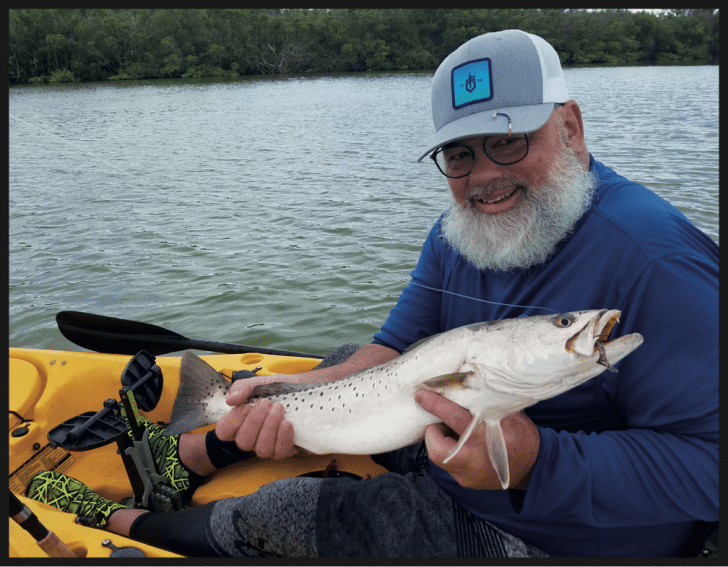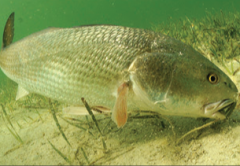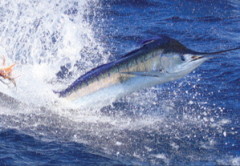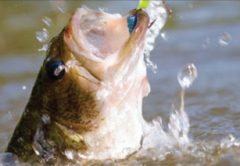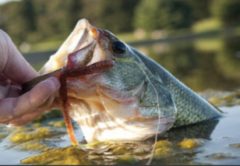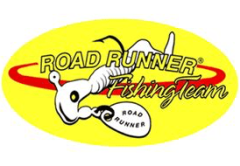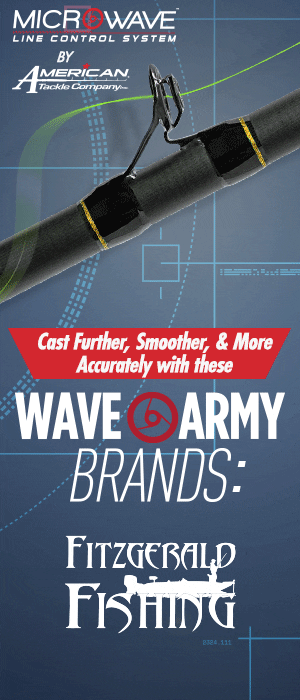The words comfortable temperatures can mean vastly different things from person to person. Hot and cold reactions to our environment is more of a sliding scale than parameters written in stone across all of humanity. Extreme heat or atrocious cold temperatures are rarely deadly, and even less so with our ability to modify our surroundings with clothing and temperature controlling devices (a/c or heaters). For example, as a native Florida boy I am thoroughly upset anytime the temperatures dip below the 70’s and it’s never too hot for me even in the dog days of summer. Whereas a fellow from North Dakota would melt away to nothing in our summer heat while doing his best to hop from one a/c cooled oasis to another while thriving in sub-freezing winter months that would have me holed up like a hibernating bear.
Temperatures have a quite different meaning and significantly more impactful to the fish we all like to chase from season to season. Fish lack the ability to modify their environment in the multitude of ways we are able. They will seek the right water temperatures to not only be comfortable but honestly it is a matter of life and death. All fish have a high and low temperature threshold, and it will vary widely from species to species. In fact, temperature is the single largest factor in the range of any given gamefish. The difference between comfortable, not favorable, or downright deadly temperatures can be just a handful of degrees and information you should add to your fishy knowledge. For most species of fish this information is readily known and only gets tricky when you are looking for that difference between happy fish and those fish not willing to cooperate temperature wise. I look to fish that have found themselves close to the upper or lower threshold to be lethargic and unwilling to feed. A few degrees warmer for instance will have cold water seatrout huddled together in those warm spots and willing to chew the hooks off just about any offering. Too cold for too long with water temps edging into the 30’s and we see trout mortality especially where no deeper waters are present for them to hide.
Keeping this in mind kayak anglers can get in on some of the best trout action of the year in these months that are frequently visited by cold fronts. Trout of all sizes will seek out warm waters to hang out until things warm to a more comfortable temperature. Canals, deep holes, and muddy bottomed back waters will all rule as prime areas for a winter trout to spend the cold nights. I fondly remember some ridiculously cold mornings sitting in our local canals with dad just waiting to hook a monster trout. Slow rolled soft plastic paddle tail lures or a live shrimp suspended in the lower water column under a bobber are deadly in these situations. Sinking hard baits that can be worked slow with a twitch and pause technique will also ring the bell this winter.

